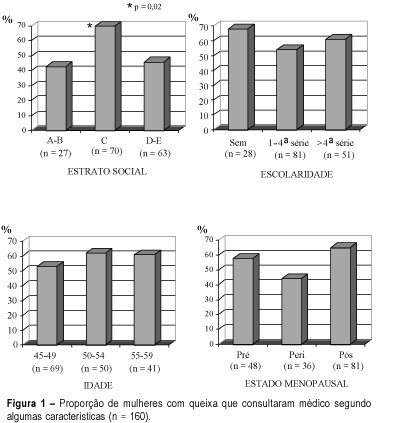Summary
Revista Brasileira de Ginecologia e Obstetrícia. 1998;20(4):181-185
DOI 10.1590/S0100-72031998000400002
With the purpose of identifying the social, demographic, pregnancy-related and medical care factors associated with maternal death, this study evaluated all deaths of women aged 10 to 49 years occurring in Recife, Pernambuco, Brazil, during 1992 and 1993. The data were obtained reviewing 1,013 death certificates, with 42 cases of identified maternal deaths. The data of these deaths were complemented with information from medical records, autopsies and also interviews with physicians from the hospitals where the death took place, and with the dead women's relatives. Almost two thirds (62%) of maternal deaths occurred among women aged 20 to 29 years and more than half of them were single. There was a higher number of deaths among caesarean deliveries than among vaginal ones. The majority of deaths occurred within the first three days of hospitalization and approximately 90% of hospital charges were sponsored by the National Health System (SUS).
Summary
Revista Brasileira de Ginecologia e Obstetrícia. 2001;23(7):439-443
DOI 10.1590/S0100-72032001000700005
Purpose: to evaluate the percentage of 45- to 60-year-old women complaining of urinary incontinence, who look for medical treatment, and the factors possibly associated with the decision of visiting the doctor and the reasons for not doing so. Methods: a secondary analysis of a population-based survey on climacterium and menopause in women living in the city of Campinas, São Paulo state, was carried out through a descriptive, exploratory and cross-sectional population study. A total of 456 women between 45 and 60 years of age were selected through a sampling process. The age at menopause and its associated factors were evaluated, as well as the prevalence of climacteric symptoms, the use of medical care, self-perception of the health status, and the sociocultural, sociodemographic and socioeconomic characteristics. Urinary incontinence complaint and the search for medical help due to the presence of symptoms were explored. The data were collected through home interviews, using a structured and pretested questionnaire provided by the International Health Foundation/International Menopause Society and by the North American Menopause Society, and adapted by the authors. The statistical analysis was performed using Fisher's exact test. Results: thirty-five percent of the interviewees reported constant or intermittent stress incontinence, although only 59% of the patients with the complaint sought medical help. Conclusion: the majority of the women presenting urinary incontinence do not complain to the doctor if they are not questioned objectively.
